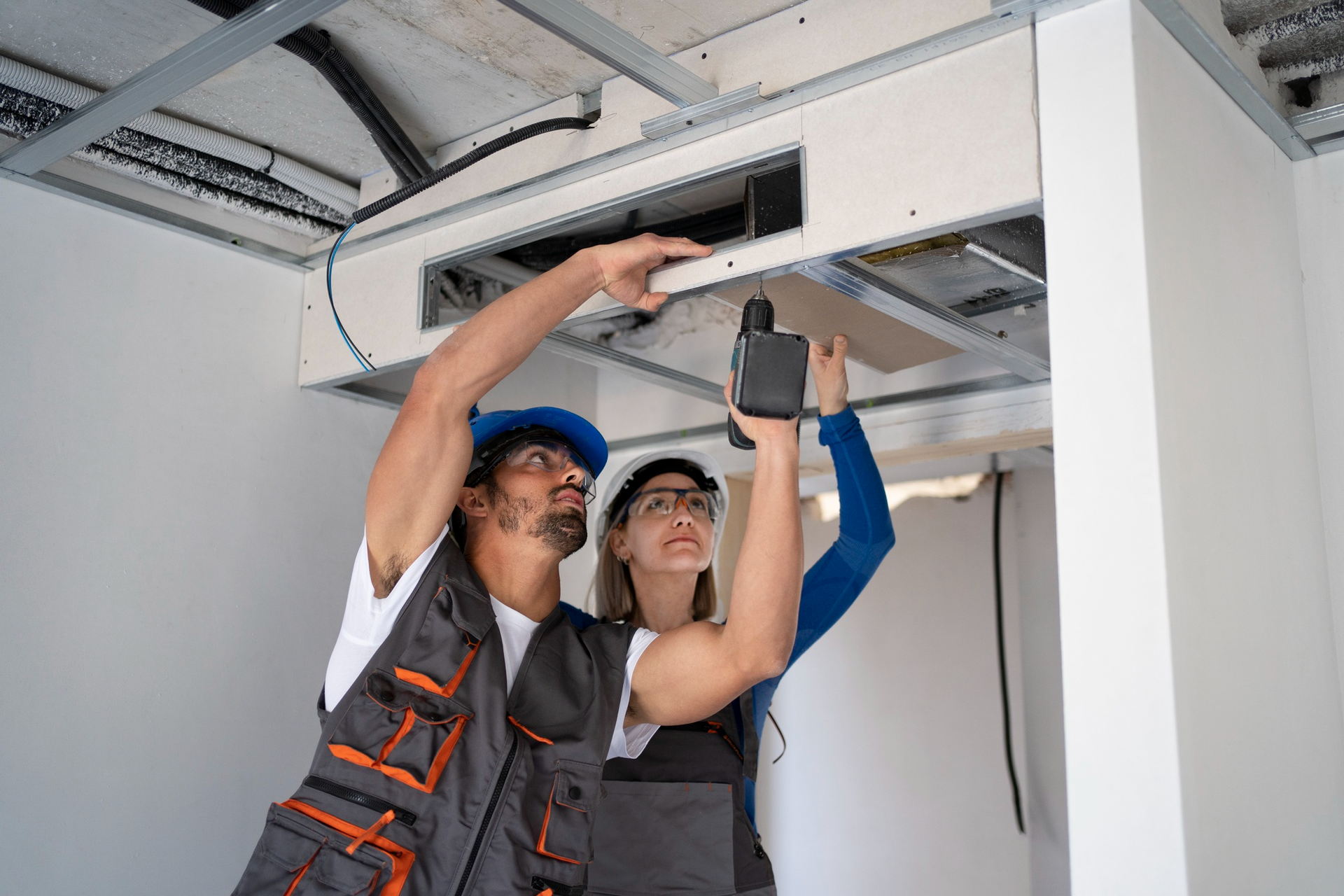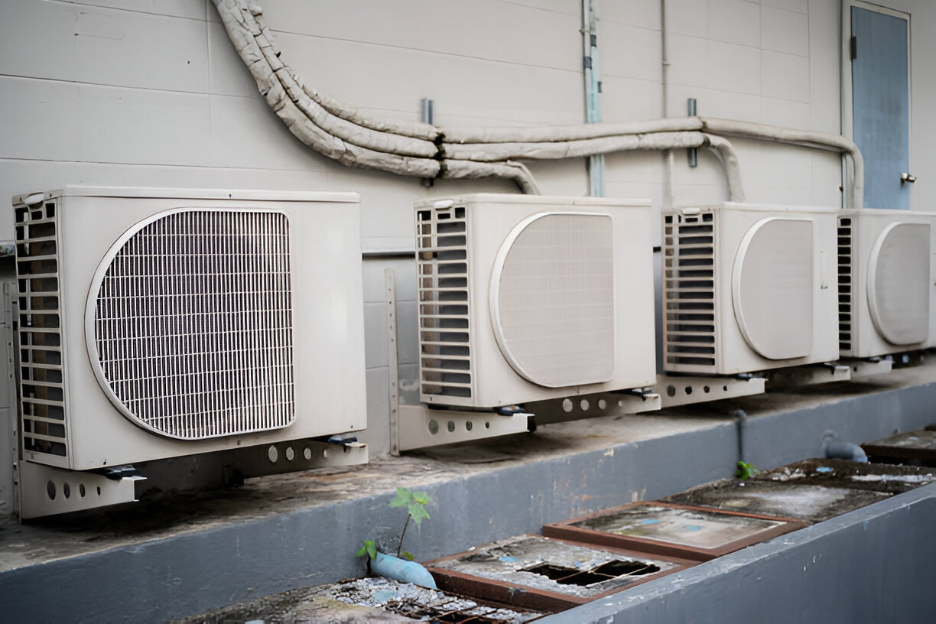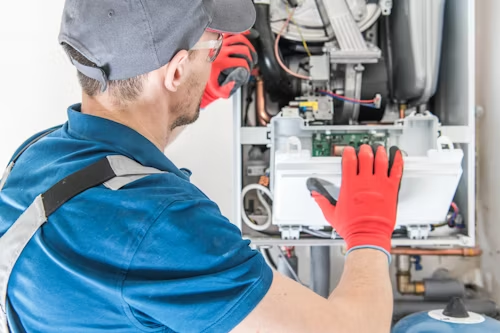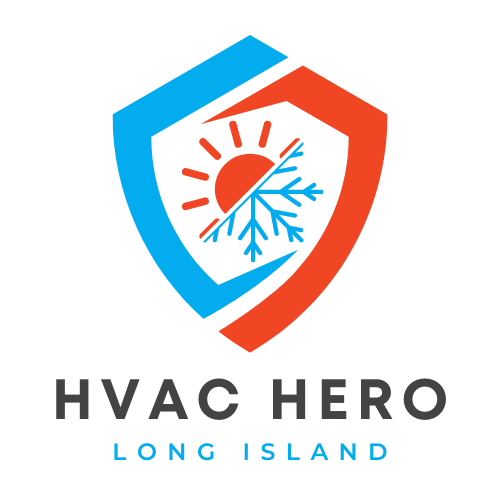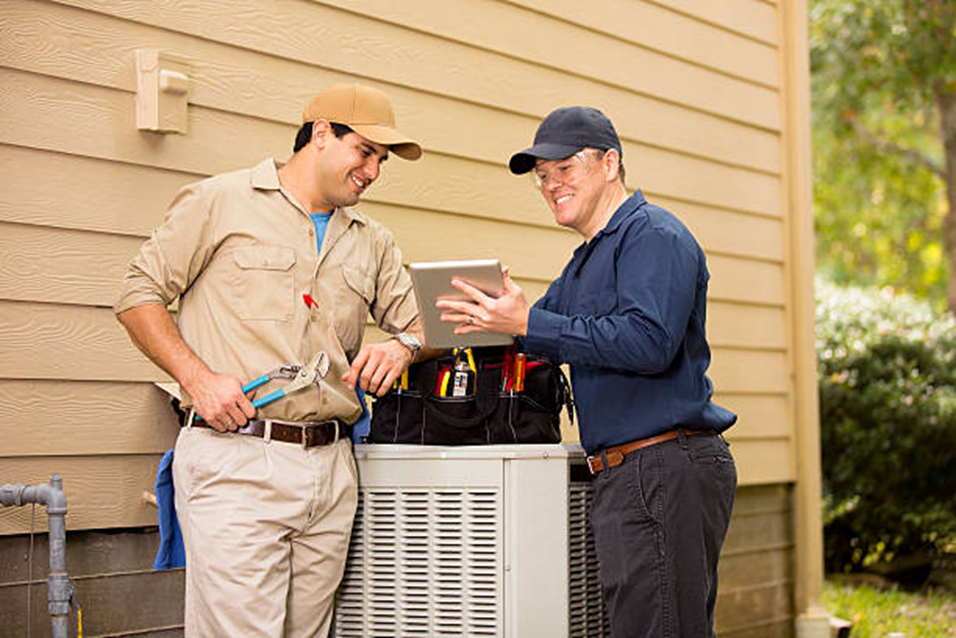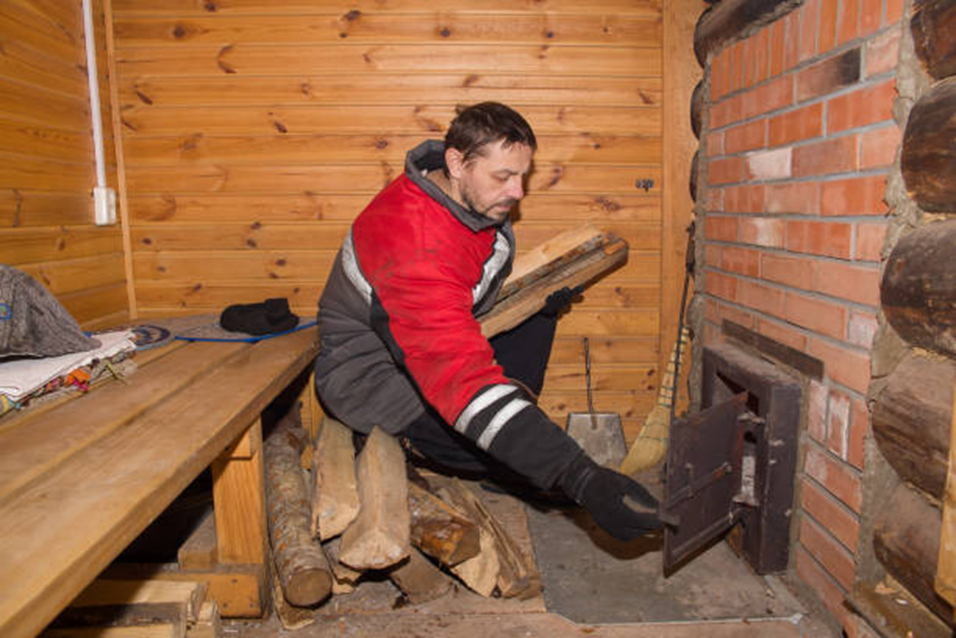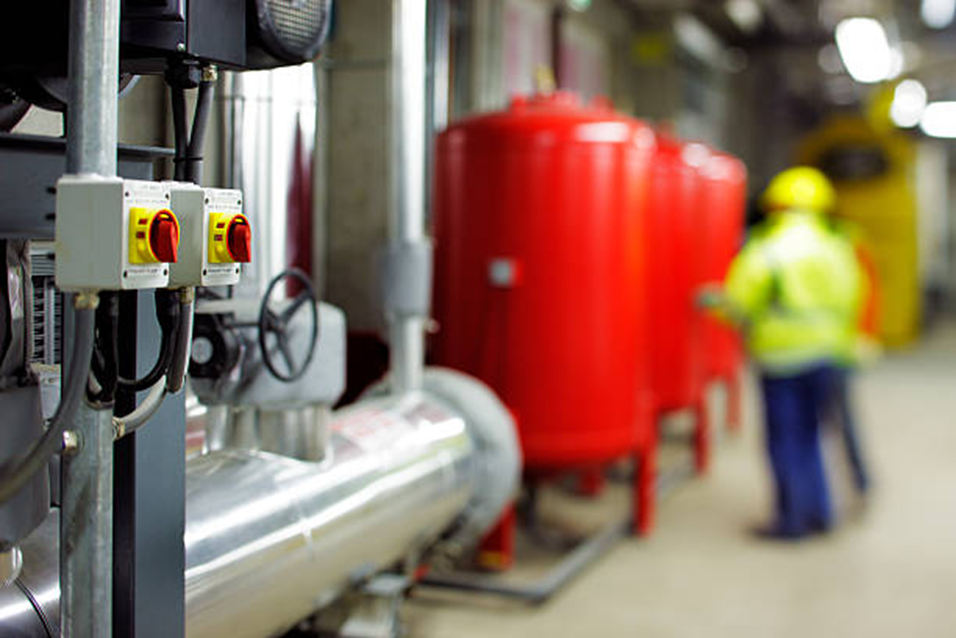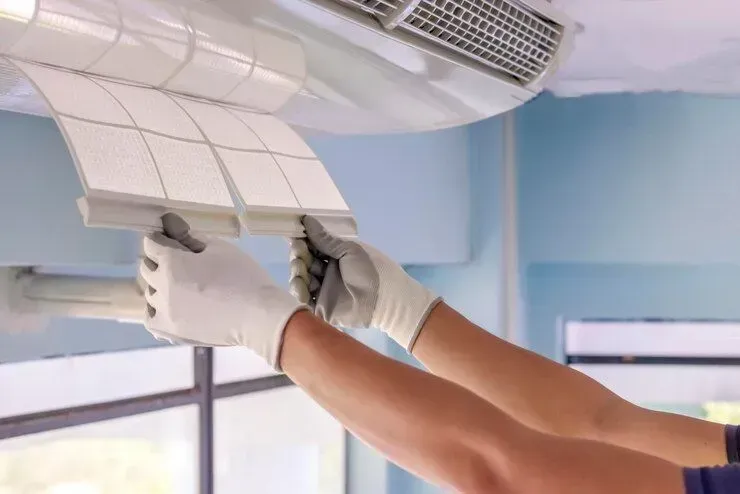What To Include in Your Commercial HVAC Maintenance Contract
Maintaining a commercial HVAC system is critical for ensuring the comfort, safety, and efficiency of your facility. On Long Island, with its humid summers and chilly winters, a malfunctioning HVAC system can disrupt business operations and increase energy costs. That’s why having a commercial HVAC maintenance contract, Long Island facility managers can rely on is essential.
A properly structured contract outlines the services, responsibilities, and expectations between your facility and your HVAC service provider. At Long Island HVAC Hero, we specialize in creating tailored commercial HVAC maintenance plans that protect your equipment, reduce downtime, and keep costs predictable. Whether your business relies on ductless heating and cooling or complex multi-zone systems, a detailed contract ensures you know exactly what to expect. Learn more about HVAC repair services on Long Island and how a proactive maintenance plan can save your facility time and money.
Why a Commercial HVAC Maintenance Contract Matters
A commercial HVAC maintenance contract is more than just paperwork—it’s a strategic investment in your building’s efficiency and longevity. Facilities that neglect maintenance face higher risks of system breakdowns, poor indoor air quality, and costly emergency repairs.
Here’s why a comprehensive contract is vital:
- Prevent Unexpected Failures: Regular inspections and tune-ups reduce the risk of sudden equipment breakdowns that can disrupt operations.
- Budget Predictability: Knowing your maintenance costs in advance helps facility managers plan expenses accurately.
- Compliance Assurance: Long Island facilities must adhere to local building codes and environmental standards. A contract ensures maintenance activities meet these requirements.
- Extended Equipment Lifespan: Routine care prevents wear and tear, reducing the need for premature replacements.
For facility managers seeking reliable guidance, Long Island HVAC Hero provides a full range of maintenance, repair, and installation services. To understand cost implications, check our guide on HVAC maintenance plan costs in Nassau & Suffolk Counties.
Key Elements to Include in a Commercial HVAC Maintenance Contract
Not all maintenance contracts are created equal. A well-drafted agreement should clearly define the scope of services and protect your investment. Here are the essential elements every facility manager should look for:
- Scope of Work – Clearly outline what services are covered, including inspections, cleaning, tune-ups, and emergency response.
- Service Frequency – Establish how often maintenance visits will occur (quarterly, bi-annual, monthly).
- Parts and Labor Coverage – Specify which parts and labor costs are included and which are extra.
- Pricing Structure and Payment Terms – Transparent costs prevent surprises and allow for budget planning.
- Compliance and Documentation – Ensure inspections meet local codes and proper records are maintained for insurance or warranty purposes.
- Priority Service – Define emergency response times and priority service for critical systems.
- Warranty and Performance Guarantees – Clarify coverage for parts, labor, and system performance.
- Review and Renewal Process – Include provisions for annual reviews or adjustments based on system changes.
At Long Island HVAC Hero, we ensure that all our commercial HVAC maintenance contracts include these critical sections, helping facility managers keep operations running smoothly.
Service Frequency – How Often Should Maintenance Happen?
Regular maintenance is essential for preventing unexpected system failures and ensuring energy efficiency. Most commercial systems benefit from quarterly or bi-annual visits, but the optimal schedule depends on factors such as:
- Building size and occupancy
- Type and age of equipment
- System usage and operating hours
- Local environmental conditions, such as humidity levels on Long Island
Long Island HVAC Hero customizes service schedules for each facility, ensuring that every visit maximizes system performance. Our team provides detailed inspection reports after each visit so facility managers can track trends, address minor issues early, and avoid costly repairs later.
Parts and Labor Coverage
A critical component of any commercial HVAC maintenance contract Long Island is clarity around what parts and labor are covered. Facility managers should ensure the contract specifies:
- Replacement of filters, belts, coils, and refrigerants
- Labor for repair or adjustment of components
- Any exclusions or optional add-ons
Transparent coverage prevents unexpected costs and keeps your facility’s budget predictable. At Long Island HVAC Hero, we commit to upfront, honest coverage, so you never face hidden fees.
Priority Service and Emergency Response
Commercial facilities cannot afford prolonged downtime, which is why priority service is a vital contract feature. A strong contract should define:
- Response times for emergency calls
- Access to 24/7 support for critical systems
- Fast dispatch of trained technicians for urgent repairs
Businesses using advanced solutions like ductless heating and cooling benefit significantly from priority service, as it ensures comfort and efficiency are maintained even during peak usage periods.
Pricing Structure and Payment Terms
A well-structured contract includes a clear pricing model. Facility managers should look for:
- Flat-rate vs per-visit billing options
- Clear delineation of covered services versus optional add-ons
- Flexible payment arrangements for multi-year contracts
At Long Island HVAC Hero, our goal is to provide predictable costs while delivering superior maintenance services. Clear invoicing ensures there are no surprises, helping your facility plan and allocate resources effectively.
Compliance and Documentation
Maintaining compliance with Long Island building codes and environmental regulations is essential for commercial HVAC systems. A comprehensive maintenance contract should include:
- Inspections aligned with local standards
- Documentation of performed services
- Records necessary for insurance or warranty claims
Our team at Long Island HVAC Hero ensures all maintenance activities meet code requirements, keeping your facility compliant and reducing liability. Proper documentation also supports long-term equipment warranties and operational efficiency.
Warranty and Performance Guarantees
Many equipment manufacturers require routine maintenance to maintain warranties. A strong contract addresses:
- Warranty coverage for parts and labor
- Performance guarantees for system efficiency
- Responsibilities for upkeep and monitoring
At Long Island HVAC Hero, we focus on reliability and accountability, ensuring your systems operate as intended while protecting manufacturer warranties.
Reviewing, Renewing, and Updating Your Contract
A commercial HVAC maintenance contract is not static. Regular reviews are essential to accommodate system upgrades, expanded facilities, or changes in operational requirements.
Key recommendations for facility managers:
- Annual Review: Evaluate whether service frequency, coverage, and pricing remain appropriate.
- Update Clauses: Adjust the contract to include new equipment or address evolving building needs.
- Documentation: Maintain updated service records for compliance, warranty, and budgeting purposes.
Long Island HVAC Hero helps clients review and update contracts to ensure they reflect the current needs of your facility. For a holistic approach, consider indoor air quality services as part of your regular maintenance plan.
How to Get Started with a Commercial HVAC Maintenance Plan on Long Island
Starting a maintenance plan with Long Island HVAC Hero is simple:
- Request a Consultation: Contact our team to discuss your facility’s specific HVAC needs.
- System Assessment: Our technicians perform a thorough inspection to determine the current condition and service requirements.
- Tailored Proposal: Receive a custom maintenance contract that includes service frequency, parts coverage, and pricing.
- Implementation and Follow-Up: Our team schedules regular visits and provides detailed reports to track performance and ensure compliance.
Partnering with Long Island HVAC Hero guarantees a professional, reliable, and comprehensive approach to commercial HVAC maintenance.
Conclusion
A well-structured commercial HVAC maintenance contract Long Island facility managers can trust is essential for system longevity, efficiency, and cost control. By including key elements such as service frequency, parts coverage, priority service, pricing transparency, compliance, and warranty guarantees, your facility stays protected against unexpected downtime.
Partnering with Long Island HVAC Hero means working with a team that understands Long Island facilities, offers customized maintenance plans, and delivers professional, reliable service. Start today by scheduling a consultation through our contact page to ensure your commercial HVAC system performs at its best year-round.
FAQs about Commercial HVAC Maintenance Contracts
How long should a commercial HVAC maintenance contract last?
Most contracts run 1–3 years, with options for renewal. Longer contracts may offer cost benefits and priority service.
What happens if my system breaks down between visits?
Priority service clauses ensure emergency response and fast dispatch. Long Island HVAC Hero provides 24/7 support for critical systems.
Can I customize service coverage?
Yes. Contracts can be tailored to your facility’s unique systems and requirements, including service frequency and parts coverage.
Does regular maintenance affect warranty validity?
Yes. Many manufacturer warranties require documented maintenance. A comprehensive contract ensures compliance and keeps warranties valid.
How can I ensure compliance with Long Island building regulations?
A detailed contract includes inspections and documentation aligned with local codes, ensuring your facility remains compliant
